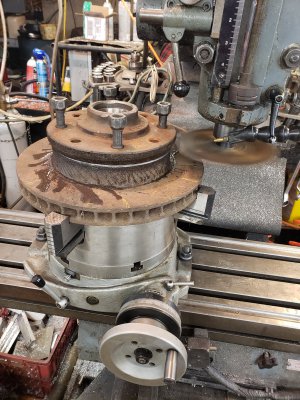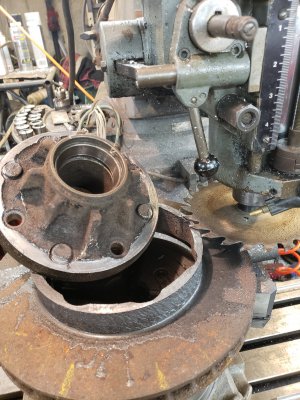- Joined
- Jan 2, 2014
- Messages
- 8,852


Why don't all steady rests use precision bearing?
I'll chime in on what I learned on youtube (NOT FIRSTHAND) from multiple utube personalities.Why don't all steady rests use precision bearing?
I finished my 2-1/2" steady rest for my mini-lathe. I used precision stainless steel shielded ball bearings (R188-2Z) from McMaster-Carr. I used OSH Cut to plasma cut the main ring to save me a lot of time machining that part.
I'm very pleased with the results.
View attachment 386709View attachment 386710View attachment 386711View attachment 386712
